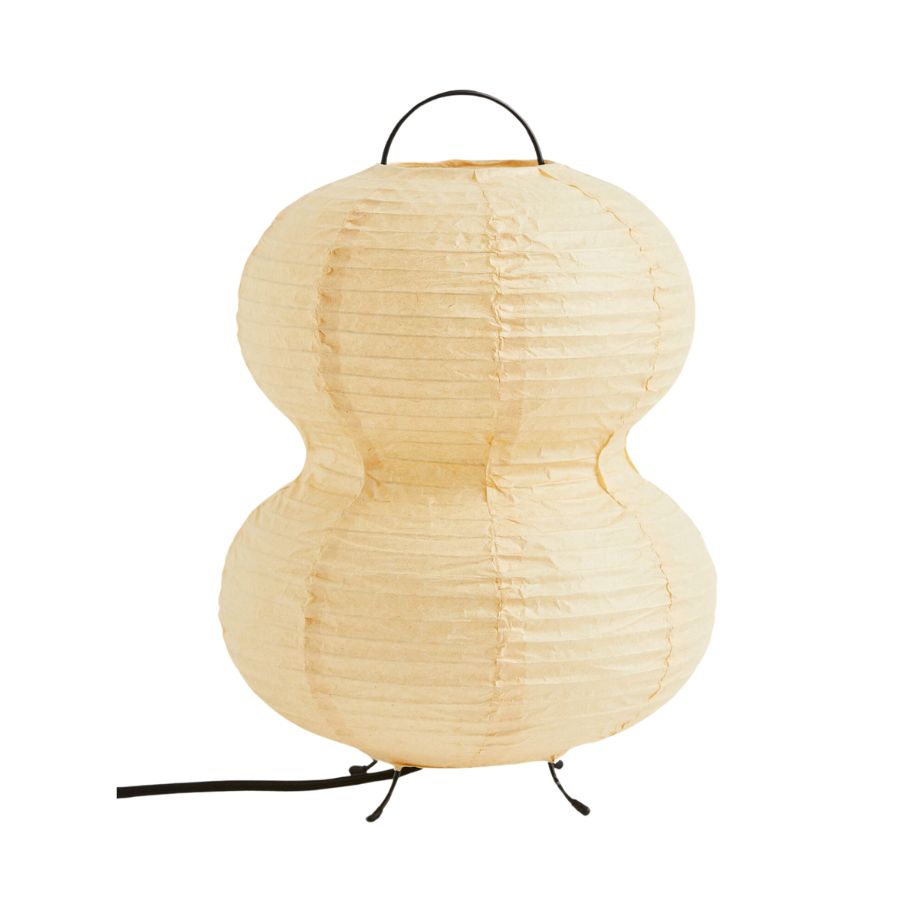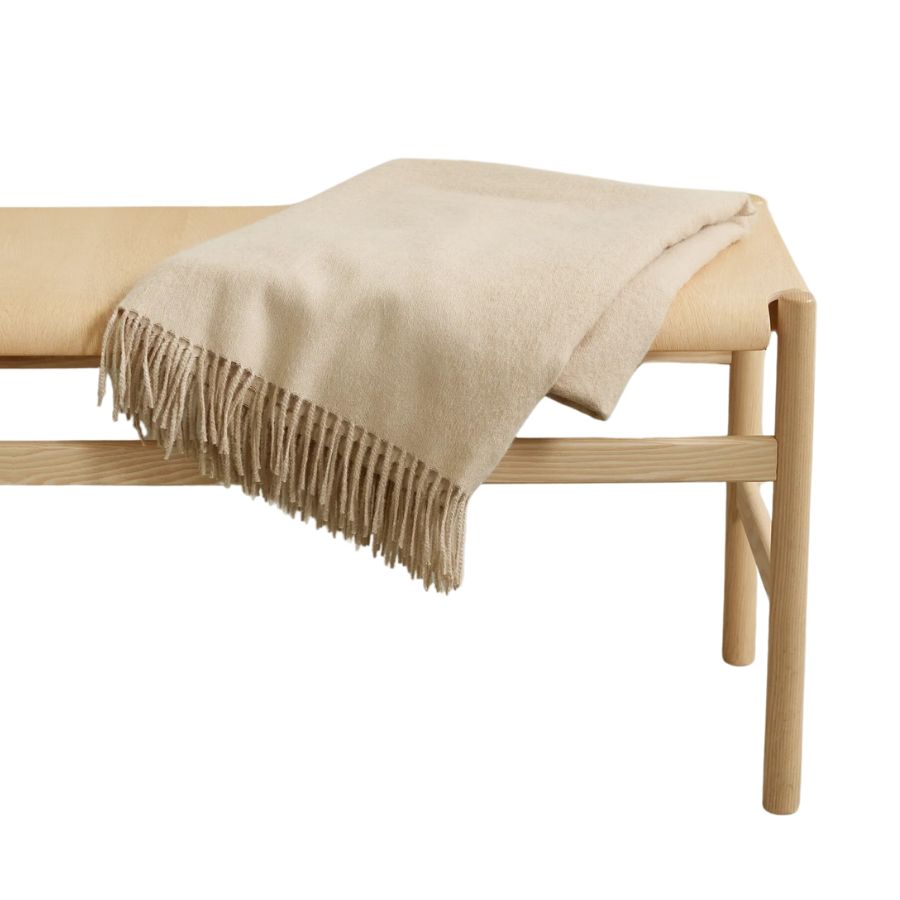5 Things Japanese Interior Designers Do to Make Homes Feel Calm and Look Beautiful
The Japanese interior aesthetic is timeless and simple, but what exactly is this interior design style? We ask the designers


Japanese style is synonymous with simplicity. It's about adopting a peaceful approach to style and design and the overall look is grounded in nature and the culture of the country and its lush natural landscape. It's the epitome of minimalism and always makes for a calm interior.
But what exactly is the crux of this aesthetic? We speak to designers who explained to us this modern interior design styles in 5 key points.
1. Incorporating nature

Create a palette of natural materials including wood (typically pale in coloring like birch or white oak), stone and glass. These natural materials speak to the architecture of traditional Japanese buildings too. ‘Japanese style architecture is a building style inherited from ancient Japanese architecture,' points out Keiji Ashizawa, architect and product designer of Keiji Ashizawa Design.
'It is mainly built using the wooden framework construction method, and is characterized by warm and inviting natural living rooms. Many materials nurtured by Japanese nature are used, such as wood, earth, and stone.'
Paper is a material that the Japanese love to use in their interiors. From rice paper lamps that use the material to shade the brightness of the light, to paper screens, it's so entrenched into the design culture.
It's also about nature too. With Japan's lush countryside, architecture frequently blends the interior and exterior spaces. Japanese homes often feature floor-to-ceiling windows and bi-folding doors that really bring these spaces together. 'Bringing the surrounding natural environment into the room is important,' says Tokyo-based architect, Naotake Moriyoshi. 'This is the idea of borrowing scenery. In urban areas, nature may be more abstract, such as the sky, but in rural areas, it may be actual mountains or trees.'
2. Embracing Wabi-Sabi
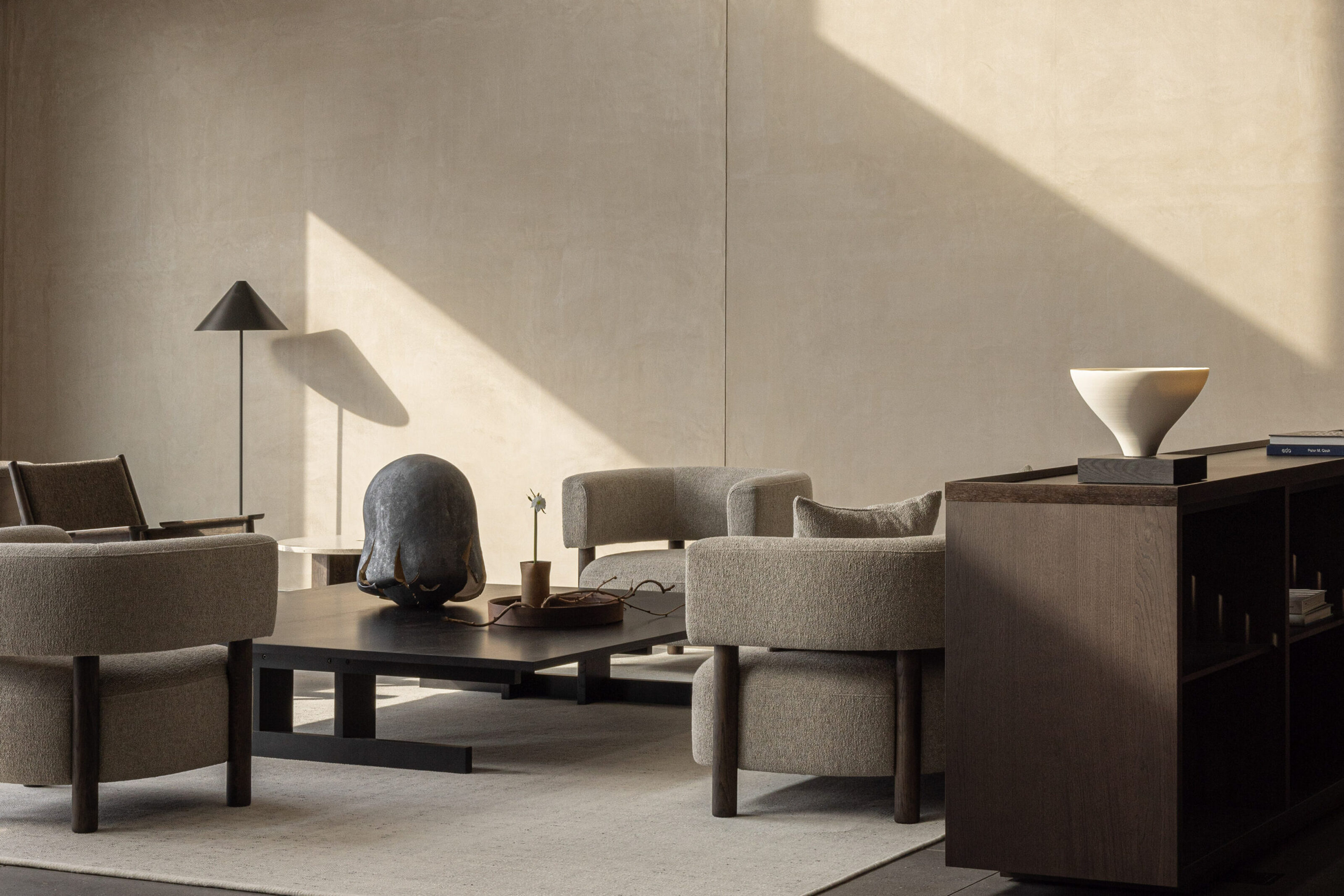
Imperfections are key when it comes to Japanese style and this manifests in a concept called Wabi-Sabi.
The Livingetc newsletters are your inside source for what’s shaping interiors now - and what’s next. Discover trend forecasts, smart style ideas, and curated shopping inspiration that brings design to life. Subscribe today and stay ahead of the curve.
I first heard of this when learning about the process of Kintsugi. The interior designer Louisa Grey from the interior design studio, House of Grey, (very much influenced by the Japanese aesthetic) first introduced me to Kitsungi through a story about how she had applied this ancient Japanese art form to her concrete kitchen flooring when it had cracked. It literally translates to 'golden repair', and is the process of repairing ceramics with lacquer and gold, leaving a thread of gold that doesn't totally fix the crack, but embraces it.
Wabi-Sabi is essentially this - finding beauty in imperfection. It's not so much an interior design trend, but a lifestyle or way of life, and can be seen throughout Japanese interiors. For example, you might notice raw natural materials that haven't been finished or polished, while cracks, chips, and weathering are viewed as signs of a rich, storeyed past.
3. Declutter

The Japanese designers are experts in how to declutter a room. In Japan, decluttering is so much more than Marie Kondo, it's a lifestyle. Clutter creates visual noise, and the Japanese ethos is all about maintaining quiet. 'Japanese urban spaces are generally built densely on narrow lots,' points out Naotake. 'Therefore, it is important to make the space look spacious and to provide efficient layout and storage.'
This applies to the way the Japanese like to decorate too. Decorations must be consciously chosen and are placed in certain areas with real intention. 'Think delicate and beautiful decorations such as transoms and Kumiko, simple types of Japanese wood carvings,' says Keiji.
4. A neutral palette
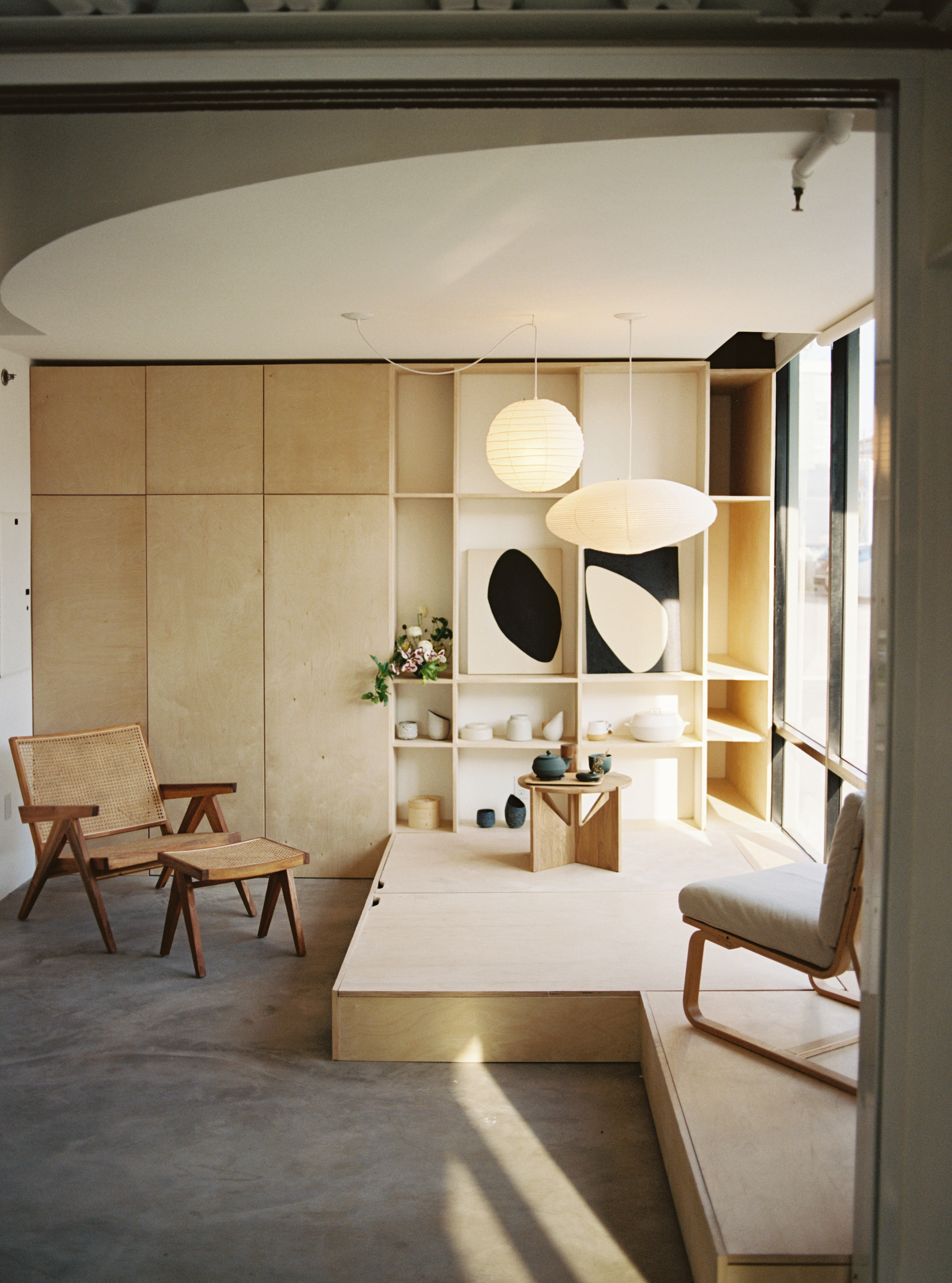
You won't find many homes with maximalist color palettes in Japan. Instead, it's all about those neutral color schemes that blend together in harmony. Walls are typically light or at most a light beige color. Think Alabaster by Sherwin Williams, Horizon by Benjamin Moore with its subtle tinge of the palest green, or Farrow & Ball's Shaded White.
Colorful accents aren't a common occurrence, but when we do see them in Japanese interiors, it might be a bright pop of green emanating from a plant or a dark brown that helps layer the scheme.
5. A considered spatial composition
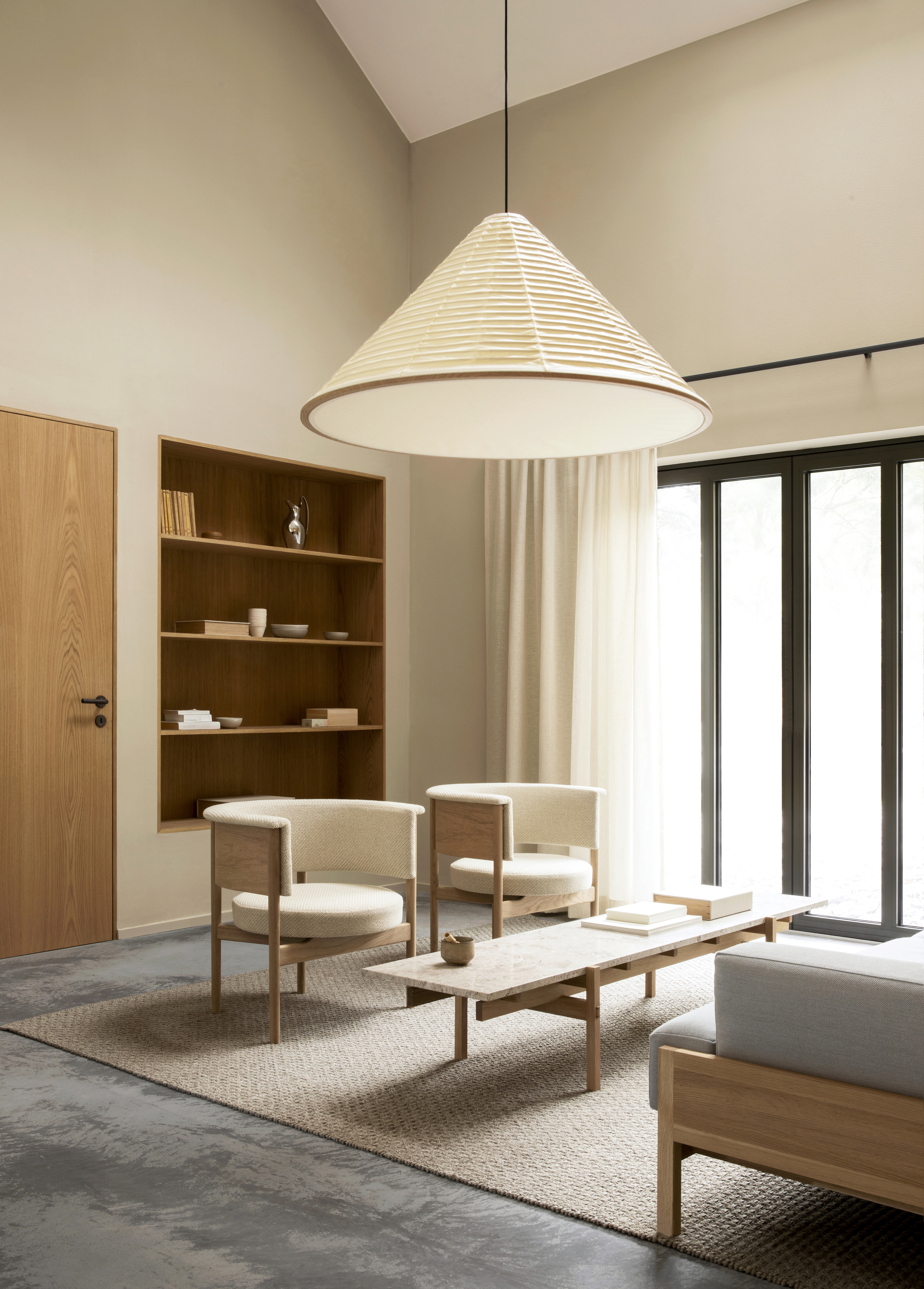
Layout and flow is hugely important to the quintessential Japanese home. 'Rooms are not divided by walls, but by fusuma (sliding doors) and shoji (paper sliding doors), creating open and highly variable spaces,' says Keiji.
On a smaller scale and budget, this might not be as easy to achieve, but the likes of pocket doors are a great suggestion if you want to give your home that Japanese-style flow. Alternatively, removing bulky furniture and rejigging the scheme might just rejuvenate a room and help those who use the space navigate it a lot easier.
Embrace Japanese style with these three buys

Former content editor at Livingetc.com, Oonagh is an expert at spotting the interior trends that are making waves in the design world. She has written a mix of everything from home tours to news, long-form features to design idea pieces, as well as having frequently been featured in the monthly print magazine. She is the go-to for design advice in the home. Previously, she worked on a London property title, producing long-read interiors features, style pages and conducting interviews with a range of famous faces from the UK interiors scene, from Kit Kemp to Robert Kime. In doing so, she has developed a keen interest in London's historical architecture and the city's distinct tastemakers paving the way in the world of interiors.

